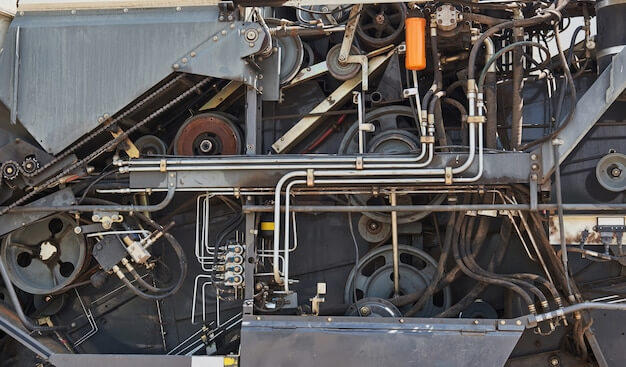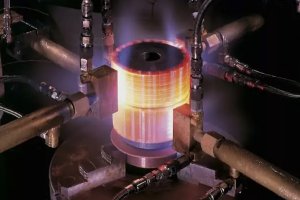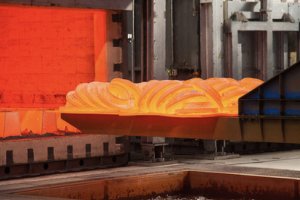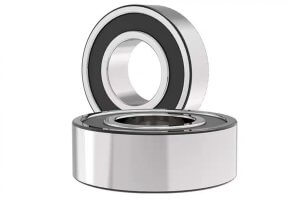Introduction to CNC Machining
CNC machining, or Computer Numerical Control machining, is a manufacturing process where pre-programmed computer software dictates the movement of factory tools and machinery. It plays an integral role in creating intricate and detailed parts that are used across various industries including, but not limited to automotive, aerospace, medical, construction, and telecommunications.
- Definition and Purpose of CNC Machining: The purpose of CNC machining is to eliminate manual input and intervention from the manufacturing process, aiming for precision, accuracy, speed, and versatility in fabricating parts and pieces.
- Importance in Various Industries: With its ability to work with a wide range of materials – such as plastics, metals, and composites – CNC machining has become indispensable in many fields. For instance, in the automobile industry, it’s used for producing engine components; within the medical sector, it helps manufacture surgical equipment. Its application ranges from crafting unique furniture designs in woodworking to creating robust wing sections in the aviation field.
Introduction to Material Hardness
In the context of manufacturing, ‘material hardness’ often refers straight-forwardly to a material’s measure of resistance to localized deformation. This property determines how much force or stress can be applied without causing permanent damage to the material itself. We can determine this characteristic by testing methods such as Brinell, Rockwell, and Vickers scales.
The significance of material hardness in the manufacturing processes is undeniably crucial. It influences factors such as:
- Durability: High-grade materials like steel with high hardness ratings are prized for their durability within industrial use-cases. This quality ensures longevity in part performance, which can reduce replacement costs over time.
- Machinability: Understanding the hardness of a metal helps manufacturers determine proper machining techniques and tool selection – ensuring efficient production while reducing wear and tear on equipment.
- Product usage: The accurate assessment of material hardness aids in specifying the correct material for certain applications; highly resistant materials might find uses where abrasion or impact resistance is needed.
Given the above points, it becomes clear that the hardness of materials substantially impacts different aspects of CNC machining, particularly when working with various steel grades. Therefore, understanding material hardness can yield substantial efficiency gains in manufacturing processes and product reliability.
The Impact of Material Hardness on CNC Machining and Tool Wear
Material hardness plays a crucial role in CNC machining and has a significant impact on tool wear and the overall machining process. Here is a step-by-step description of how material hardness affects CNC machining:
1. Machinability:
The hardness of a material directly affects its machinability. Excessively hard materials can be challenging to cut or shape, leading to increased tool wear, breakage, and poor surface finishes. On the other hand, overly soft materials may deform or deflect under cutting forces, compromising dimensional accuracy and surface quality.
2. Tool Wear:
Harder materials tend to cause more tool wear during CNC machining. The cutting tools experience higher forces and stresses when machining hard materials, leading to faster tool deterioration. This necessitates more frequent tool changes, increasing production costs and downtime.
3. Surface Finish:
The hardness of the material also affects the surface finish of the machined part. Harder materials may result in rougher surface finishes due to increased tool wear and the generation of more heat during machining. Achieving a smooth surface finish on hard materials may require specialized tools and techniques.
4. Dimensional Accuracy:
Material hardness can impact the dimensional accuracy of the machined part. Softer materials are generally easier to machine precisely, as they are less likely to change dimensions when subjected to cutting forces. Machining harder materials to high precision requires additional patience and attention to detail.
Understanding the impact of material hardness on CNC machining is crucial for selecting the right materials and optimizing the machining process. To explore CNC machining services that offer expertise in working with various materials, including those with different hardness levels, you can visit our online CNC service.
Understanding Steel and Its Grades
Steel is widely utilized in CNC machining due to its exceptional durability, flexibility, and cost-effectiveness. This versatile material can withstand substantial wear and tear, making it suitable for heavy-duty industrial applications such as the manufacturing of machine slots, gears, or engine parts.
- Carbon steel: Is arguably the most common with a wide range of uses. It offers excellent tensile strength, a quality that allows it to endure weight without breaking or deforming.
- Alloy steel: Incorporates other elements like manganese, silicon, or nickel, improving its mechanical characteristics. It’s often used when extra hardness, impact resistance, or corrosion resistance is required.
- Stainless steel: Offers advantages including high corrosion resistance, good formability, and excellent weldability – ideal for applications exposed to damaging environments.
The grading system for steel plays an integral role in distinguishing between the different types of steel available. The grading number pertains to special attributes, such as chemical composition or physical properties. A few key grades include 304 stainless steel (known for its excellent forming and welding capabilities), 316 stainless steel (provides added resistance to saltwater), and SAE/AISI 4140 alloy steel (offering superior toughness).
Comparative Analysis of Different Steel Grades
In the realm of CNC machining, understanding the hardness of different steel grades and their impact on quality and efficiency is crucial. The selection of right steel grade significantly impacts both durability and surface finish in machining operations.
- AISI 1018: This steel grade offers a balance between machinability, weldability, and strength. It’s a common choice for low to medium stress parts.
- AISI 1045: With higher carbon content than 1018, this steel grade exhibits increased strength but lesser machinability. Ideal for use when good surface hardness is desired along with superior wear resistance.
- AISI 4140: Known for its high tensile strength and toughness, it poses some challenges during machining due to its hardening properties.
- AISI D2: Its excellent wear resistance makes it ideal for long production runs of abrasive materials. However, it can be harder to machine as compared to others.
To illustrate, consider a case where AISI 1018 might be used to produce screws requiring moderate strength. Here, selecting AISI 1045 or D2 would result in over-engineering leading to reduced productivity and elevated costs due to decreased machinability and the need for more complex tooling.
Overcoming Challenges Related to Material Hardness in CNC Machining
In CNC machining, material hardness can pose significant challenges. To mitigate problems caused by excessive material hardness, several strategies can be employed. These include ensuring optimum machine parameters such as feed rate and cutting speed, use of coolant to maintain appropriate temperature levels, and careful selection of the most suitable tooling materials.
Maintaining correct machine parameters is crucial because improper settings could lead to premature tool wear or breakage. Utilizing coolants helps manage heat generation during machining which otherwise might exacerbate hardness-related issues. Lastly is matching the right cutting tools with workpiece hardness. This means that softer materials such as aluminum can be machined using high-speed steel tools, while harder materials like stainless steel may require carbide, ceramic, or even diamond-coated tools for effective and efficient machining.
- Optimum Machine Parameters: Feed Rate and Cutting Speed
- Coolant Usage: Maintains Optimal Temperature Levels
- Selection of Suitable Tooling Material: Match Appropriate Cutting Tools with Workpiece Hardness
Other Articles You Might Enjoy
- Material Fatigue in CNC Machining: Steel vs. Aluminum Lifespan Analysis
Introduction to CNC Machining and Material Fatigue CNC or Computer Numerical Control machining is a manufacturing technique in which pre-programmed computer software controls the movement of factory tools and machinery.…
- Precision CNC Machining of Steel: High-Volume Production
Precision CNC Machining and High-Volume Production As an integral part of modern manufacturing processes, Precision Computer Numerical Control (CNC) machining brings about unmatched accuracy and consistency in the production of…
- Innovative CNC Machining for the Aerospace Sector
Innovative CNC Machining for the Aerospace Sector CNC machining, an abbreviation for Computer Numerical Control machining, stands as a vital player within today's manufacturing scene. Utilizing computer-generated code to control…









